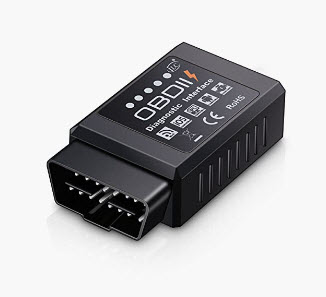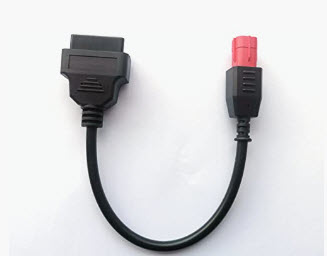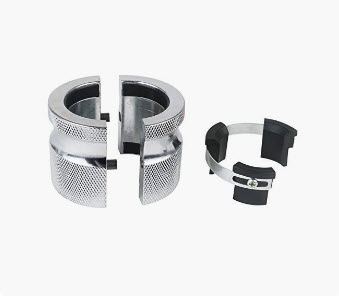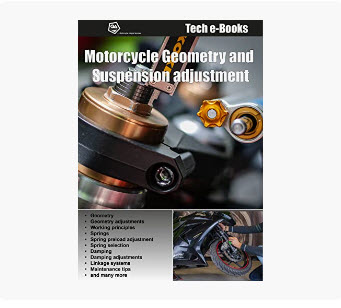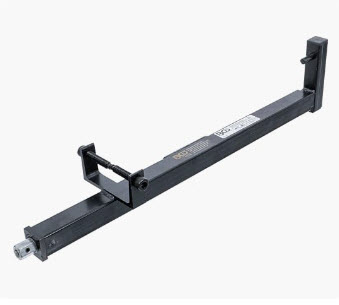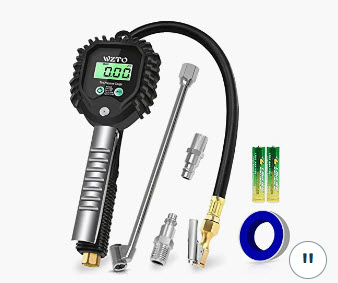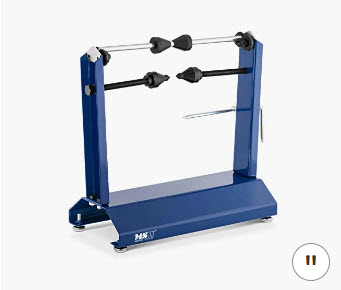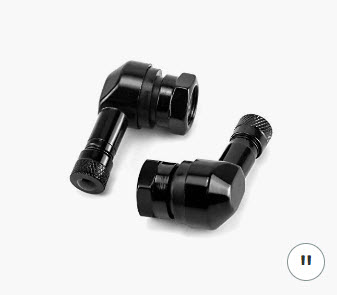Motorcycle Engine Coolant

Keeping Your Ride Cool
You, as a motorcycle enthusiast, must understand the importance of maintaining your machine to ensure peak performance and longevity. One crucial aspect of this maintenance is the engine coolant, although seems to be one of the most overlooked items when servicing a motorcycle. But what exactly is motorcycle engine coolant, and why is it so important?
What is Motorcycle Engine Coolant?
A motorcycle engine liquid-cooled system can use any liquid to cool down the engine, but not everything works. The best possible coolant you can use, in terms of performance, is water. Yes, water. It has the best coolant properties. But water boils at 212ºF (100ºC) and gets solid-rock at 32ºF (0ºC). This makes it unusable in a daily riding. Other properties different to cooling performance should be considered such as corrosion resistance.

What manufacturers recommends is antifreeze. This is a liquid specially designed to manage the engine’s temperature. Unlike plain water, antifreeze has additives that provide additional benefits, such as corrosion resistance, lower freezing points and higher boiling points.
But remember what I told you before. In terms of performance water has the best cooling properties, better than antifreeze, of course.
Types of Motorcycle Engine Coolants
When going to your local store, you will find different kinds of coolants. All of them have specific properties, so it’s a good idea to choose them by what’s written on the label rather than by the color.
Every coolant manufacturer uses color additives to distinguish its own products; it’s not a standarized thing. So be careful with the color.
- Ethylene Glycol-Based Coolants: The most common type, offering excellent heat transfer and freeze protection. However, they are toxic and require careful handling and disposal. In addition, when leaked on the ground creates a slippery surface: this is the reason why they are forbidden in competitions.
- Propylene Glycol-Based Coolants: Less toxic than ethylene glycol, making them a safer alternative. They provide similar performance in terms of heat transfer and protection. Note that “less toxic” means that it is still harmful if you drink it.
- Waterless Coolants: These offer an extremely high boiling point and do not require mixing with water. They are ideal for high-performance engines and racing applications but can be more expensive.

You can also find them catalogued by organic and Hybrid (don’t confuse the name with Hybrid vehicles or think that this kind of coolants is purposed for them).
- Organic coolant: Has better cooling performance than hybrids, but doesn’t create a coating on the engine surfaces and can cause “mud”. If you don’t know what I mean, take a look to the picture below.
- Hybrids (HOAT): Those have worse cooling performance but creates a coating on the engine parts surface, avoiding damaging it and creating mud. This is recommended for old engines with old alloys.

In addition to those, you can also find additives for the coolant. These additives slightly modify the boiling point by a few degrees. It’s safe to use them with distilled water and antifreeze. The most famous one is Motul MoCool.

How to Choose the Right Coolant
This is quite simple but often overlooked. Many of us (me included) choose the coolant by its color. Green, pink, yellow… but this is a fatal error. Follow always the next recommendations:
- Manufacturer Recommendations: Always check your motorcycle’s owner manual for the recommended type of coolant. Check the type (Ethylene Glycol-Based, Propylene Glycol-Based, organic, hybrid…) and the mixture percentage (50%, 30%, etc…). Lastly, check also the temperature of freezing.
Avoid using any other kind. - Climate Considerations: Choose a coolant that suits the climate you’ll be riding in. Some coolants are formulated for better performance in extreme temperatures. Do that only if the coolant recommended by the manufacturer doesn’t match with the climate conditions.
Maintaining Your Coolant System
Some manufacturers recommends to replace the coolant every three years. It doesn’t mind the mileage you have done on your bike: liquids get damaged by time.

- Regular Checks: Inspect the coolant level regularly and top off as needed. It should overflow the radiator.
- Replacement: Follow your maintenance chart recommendations.
- Flushing the System: Periodically flush the cooling system to remove old coolant and contaminants. Honestly, I have never seen that done, but maybe today it’s a good time to start doing it. There are several flushing liquids in the market depending on the material of your engine, but can be done safely with distilled water also. Just drain your coolant system, fill it completely with distilled water and run the engine for several minutes. Drain the distilled water and fill the system again with a proper coolant.
- Check for Leaks: Inspect hoses and seals for leaks or wear, and replace any damaged parts promptly.
For other maintenance recommendations, check out our blog!
Typical symptoms of a defective cooling system
If you are experiencing issues with your cooling system and seeking technical advice, consider the following common failures and their potential solutions:
- Boiling Water in the Water Tank When Engine is Hot
- Possible Causes: Low coolant level in the radiator, malfunctioning cooling fan, incorrect coolant mixture (potentially using water instead of proper coolant).
- Boiling Water in the Water Tank When Engine is Cold
- Possible Cause: Damage to the cylinder head gasket, causing compression to communicate with the liquid circuit.
- Water Tank Runs Out of Water
- Possible Causes: Damage to the cylinder head gasket resulting in the engine burning coolant, radiator cap failure.
- Engine Overheats Quickly
- Diagnostic Steps:
- Verify the coolant level in the radiator.
- Ensure the water pump is operational.
- Inspect the radiator fins for damage.
- Check for clogs in the internal passages of the radiator.
- Check the radiator cap.
- Diagnostic Steps:
Conclusion
Remember always the following to have a healthy cooling system:
- Use a high quality coolant. Remember that you can also use waterless coolants such as Evans Powersports It’s more expensive but performs better. Remember not to mix those waterless coolants with water.
- Check coolant level on your radiator and on your reservoir tank. Refill if needed with the same coolant used.
- Replace coolant following your motorcycle’s manufacturer advice.
- Use common sense. Use only liquids recommended for motorcycles.



